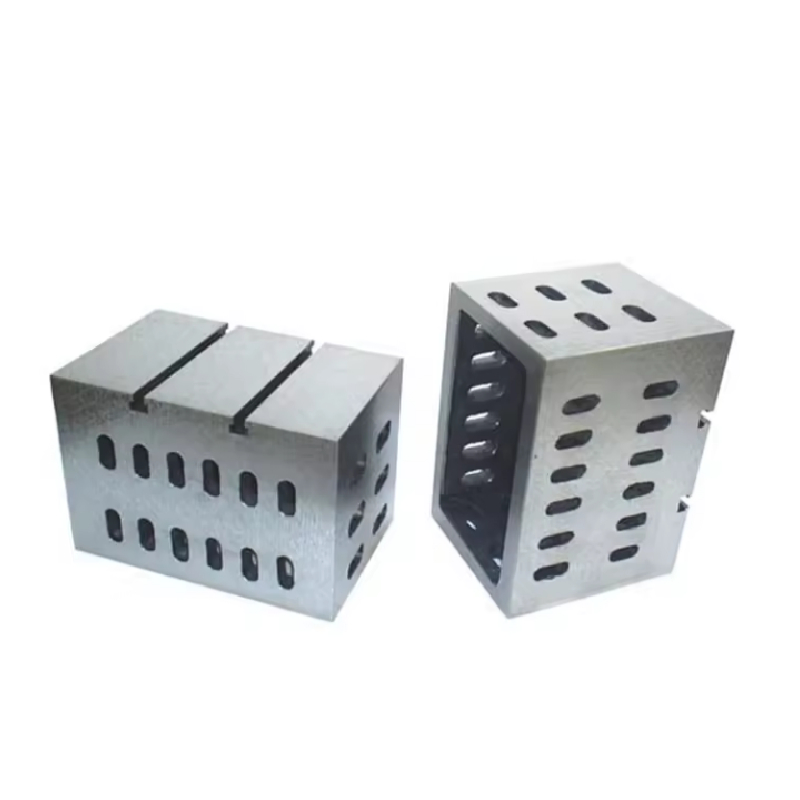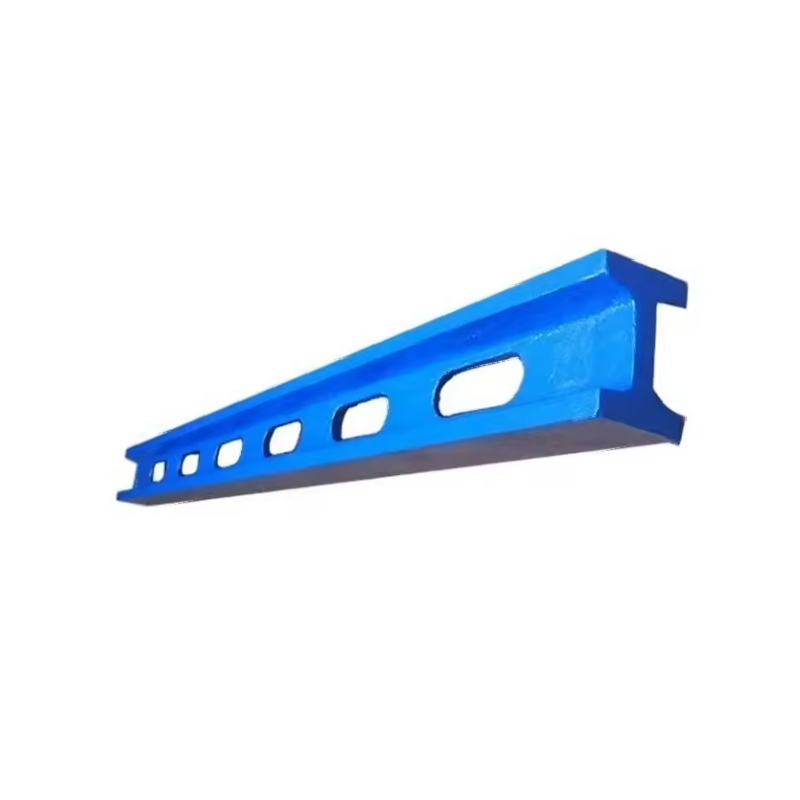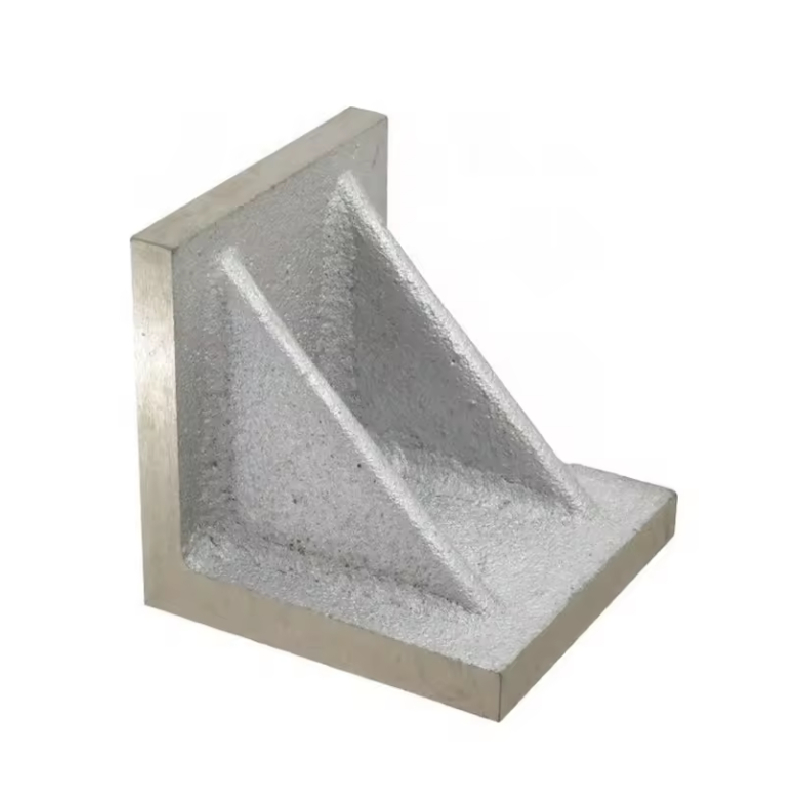Understanding the Types of Micrometers: A Precision Tool for Every Need
When it comes to measuring small dimensions with extreme precision, micrometers are the go-to tools for engineers, machinists, and technicians. Micrometers offer a level of accuracy that calipers and rulers simply cannot match, making them essential in various fields like manufacturing, automotive, and quality control. While there are many types of micrometers, each designed for specific tasks, understanding their differences can help you choose the right one for your job.

1. Outside Micrometers
The most common type of micrometer, outside micrometers, are used to measure the external dimensions of objects such as the diameter of rods, shafts, and bolts. These micrometers are designed with a C-shaped frame and an anvil that grips the object being measured. They are highly accurate, often with a tolerance of up to 0.0001 inches (0.0025 mm). Outside micrometers come in various ranges, such as 25mm, 50mm, and 100mm, to cater to different measurement needs.
2. Inside Micrometers
Inside micrometers, as the name suggests, are designed to measure the internal dimensions of objects, like the inner diameter of pipes or holes. They feature a set of measuring rods that can be adjusted to fit the size of the internal diameter being measured. These micrometers are essential for precise hole measurements, often used in engineering and mechanical industries. Like outside micrometers, they also provide high accuracy, with readings typically down to 0.0001 inches.
3. Depth Micrometers
Depth micrometers are specialized tools used to measure the depth of holes, slots, and recesses. The measuring rod extends into the hole or recess, while the anvil rests on the surface surrounding the hole. This tool is essential for tasks where depth measurements are critical, such as in machining parts or tool making. Depth micrometers usually feature a long, slender measuring rod, providing access to even deep cavities.

4. Digital Micrometers
In today’s world of high-tech precision, digital micrometers offer an easy-to-read, electronic display for measurements. These micrometers eliminate the need for manual reading and interpretation, reducing human error. Digital micrometers are available for both outside and inside measurements and come with features like data storage and connectivity to computers or software systems, making them perfect for modern manufacturing processes.
5. Blade Micrometers
Blade micrometers are a specialized type used to measure the thickness of small parts, especially those with narrow grooves or slots. These micrometers use blades rather than traditional anvils, allowing them to reach into tight spaces. Precision is crucial in applications like measuring the thickness of sheet metal or determining the correct gap in mechanical assemblies.
In conclusion, choosing the right type of micrometer is critical to obtaining accurate measurements in your work. Whether you’re measuring the outer diameter of a bolt, the inner diameter of a pipe, or the depth of a recess, there’s a micrometer designed to fit the job.

Golden AC generator | Filter DN50 | Metal Chain Link Fence | industrial metal supply With multiple core patented technologies and rigorous quality control systems (such as 9001 certification), we have established long-term partnerships with over 300 automotive manufacturers and component suppliers worldwide. Our products are exported to countries such as Europe, America, Southeast Asia, and Africa, with an annual production capacity exceeding 300000 units. We have won market trust with stable delivery and after-sales support.At the core of Storaen (Cangzhou) International Trading Co. portfolio lies its unparalleled expertise in cast iron welding platforms, measuring tools, plug gauges, ring gauges, and valves. These products, crafted with meticulous attention to detail and backed by stringent quality control measures, embody the hallmark of reliability and durability, catering to the diverse needs of industries worldwide.